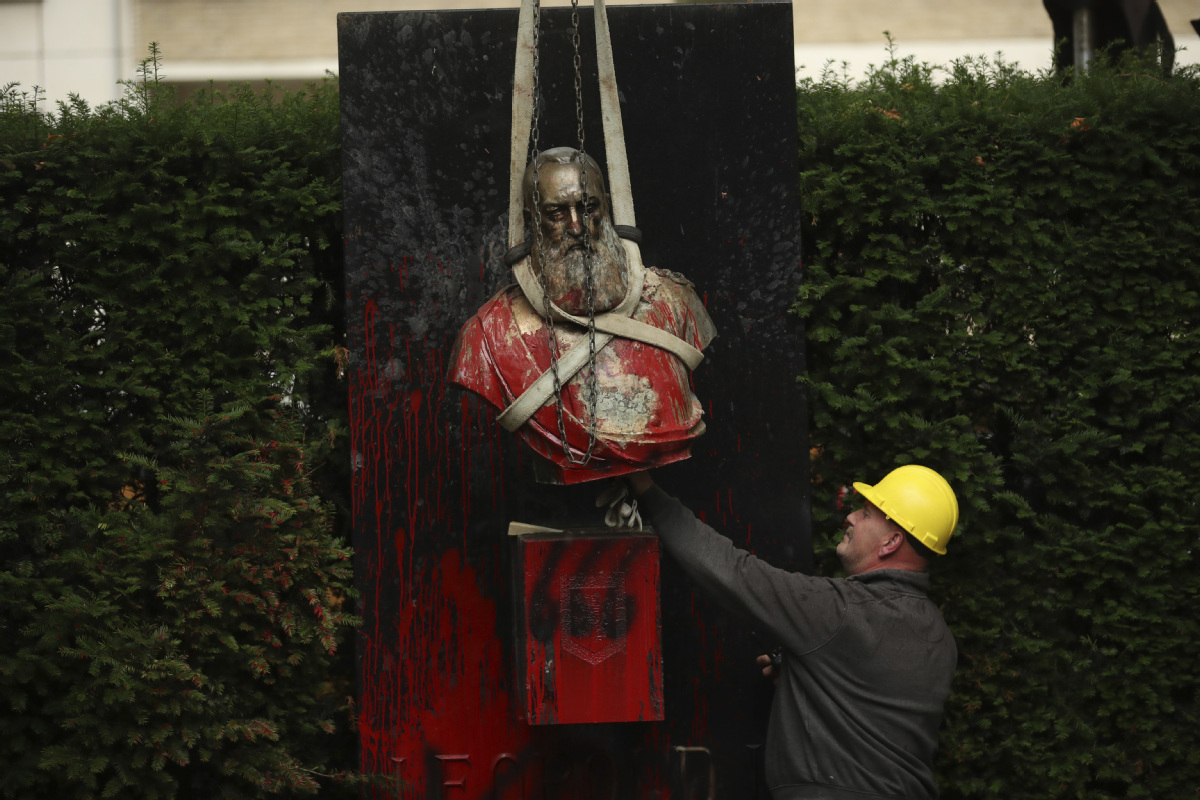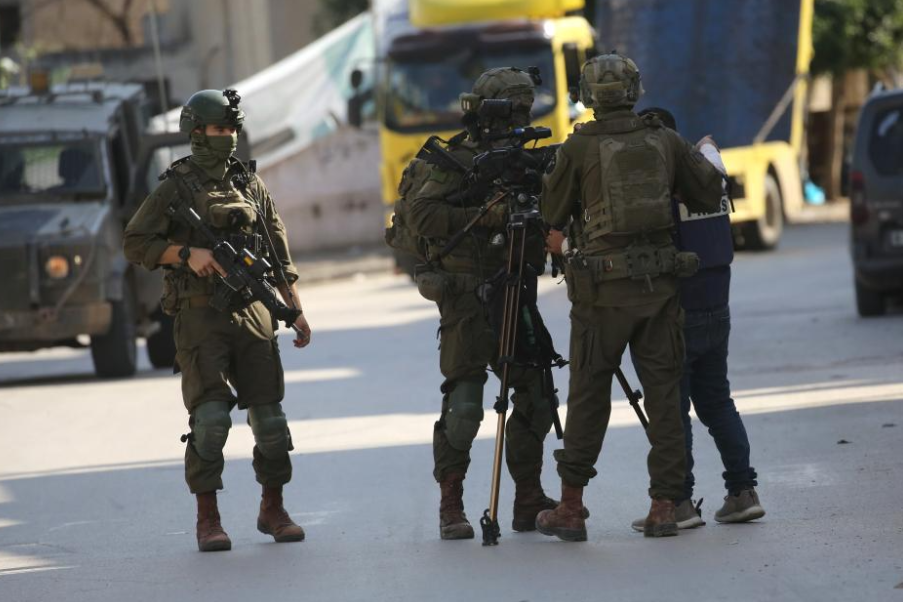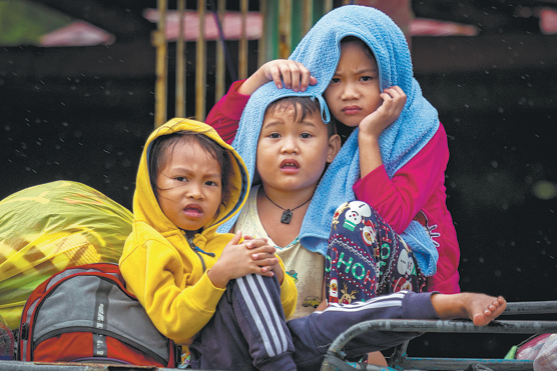Belgians take hard look at the colonial past


Death toll challenged
In 1998, when civil war was raging in D. R.Congo and Hochschild's book was published, the work focused global attention on the atrocities committed by Leopold. Despite its rich natural resources, the country remains one of the poorest nations in the world.
Guido Gryseels, director of RMCA, said the book is very well written and the facts are basically all true, but Hochschild mainly uses a journalistic style, and there are "errors and exaggeration".
Gryseels said a death toll of more than 10 million "would be simply impossible", adding, "There were a lot of victims, but we believe the number is somewhere between 1 million and 2 million."
The RMCA has also become a target in the ongoing debate despite its decolonization efforts following a five-year renovation project undertaken before it reopened in December 2018.
An ethnography and natural history museum, its origins can be traced to Leopold II's attempts to showcase his Congo Free State at world fair in Brussels in 1897.
Leopold brought 267 Congolese to Brussels to put on display during the fair, an event later decried as a "human zoo".
At the 1958 World Fair in Brussels, Congolese men, women and children were again put on show in traditional dress in tropical gardens behind a bamboo perimeter fence.
Gryseels said the museum now has a very different narrative of the colonial past.
"Basically, we consider colonialism to be immoral. Colonialism is by definition a form of government based on military occupation, racist and authoritarian rule, and exploitation of a country," he said.
He is pleased with the museum's renovation work, but feels that issues such as restitution and the link between colonialism and racism could be more fully explained.
One innovative new exhibit features the names of Congolese who died at the 1897 world fair painted in reverse in large black letters on a glass wall. If the sun comes through in late afternoon, the shadows of the names are projected on to the white marble of the inner wall, where the names of Belgians who died in Congo are etched.
Visitors now enter the museum through a new glass building, but the original structure, which opened in 1910 and was designed by the French architect Charles Girault, still features dozens of Leopold II's royal monogram "LL".Gryseels said they cannot be removed, as they are protected.
"We no longer consider him a hero," he said of Leopold.
Artists of African descent took part in creating some new permanent exhibits at the museum, and nine of the 75 scientists now working there are of Congolese or other African origin.
Abrassart, the Congolese-Belgian activist, said she is not happy with the changes at the museum, because "the ideological influence of Leopold II is still there". She added that it is important to highlight "how Belgium got rich thanks to the wealth of Congo".
Gryseels, RMCA director since 2001, believes the parliamentary commission will produce a resolution recommending that the Belgian government apologize to and compensate the Congolese people.
"I think damages will be paid, but I don't know in what form. It may be through scholarships, supporting cultural activities, restitution of African cultural heritage, or maybe in monetary form," he said.
































